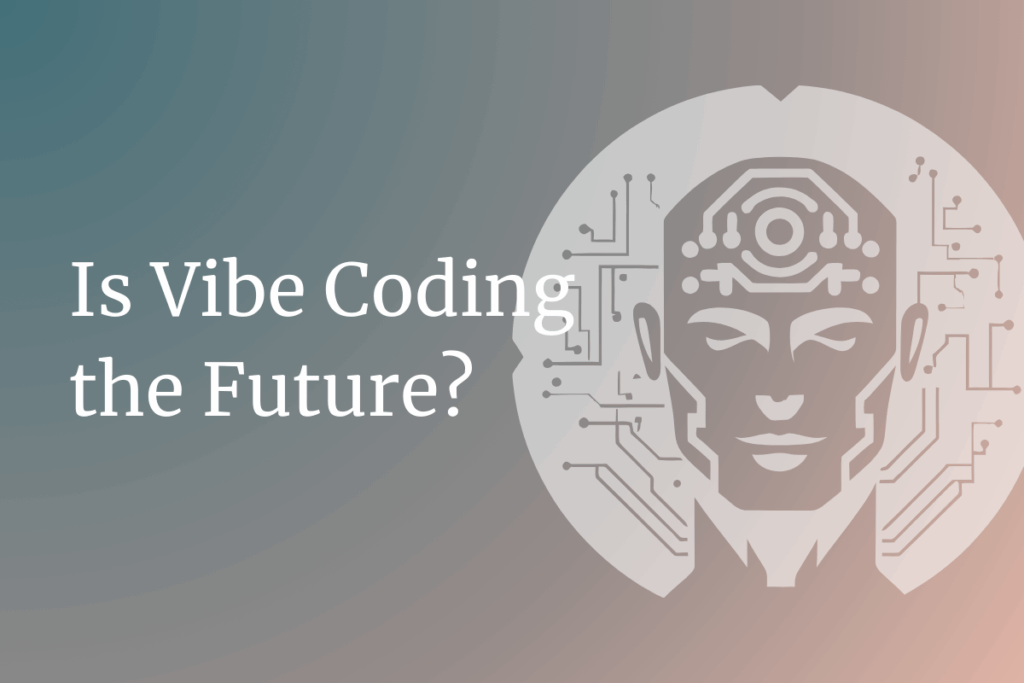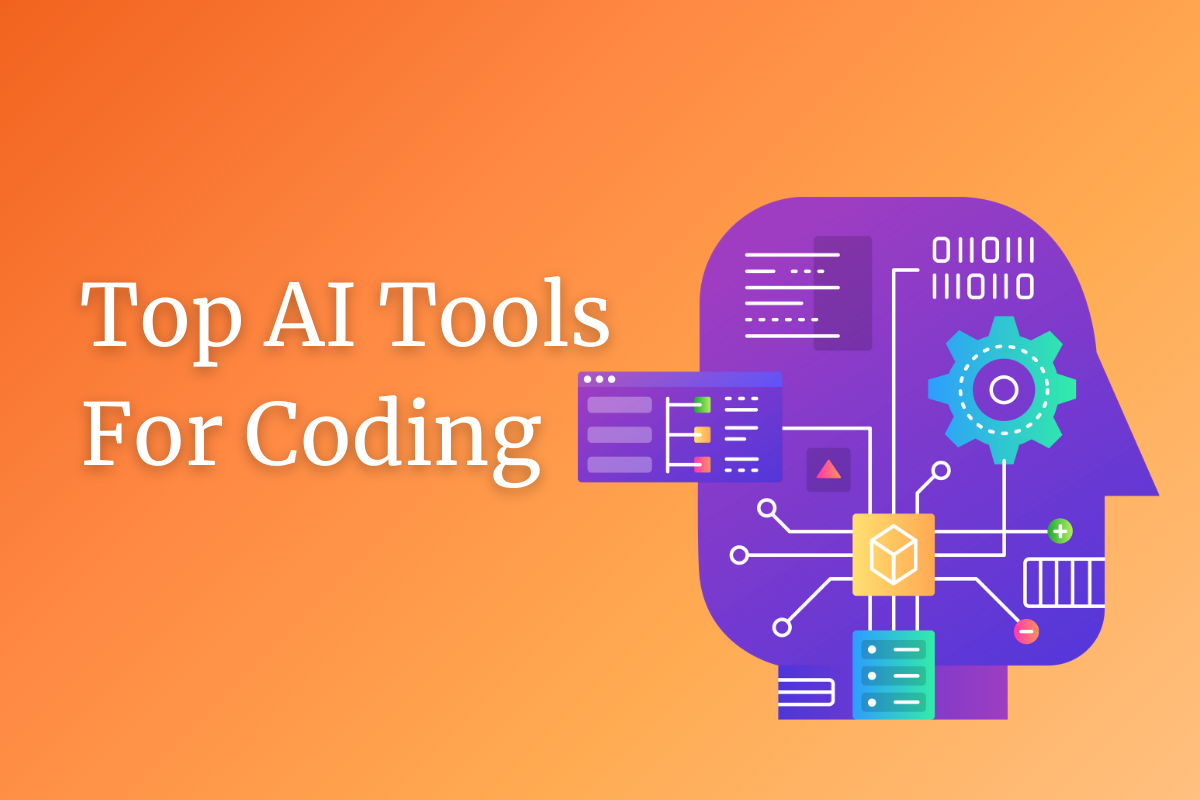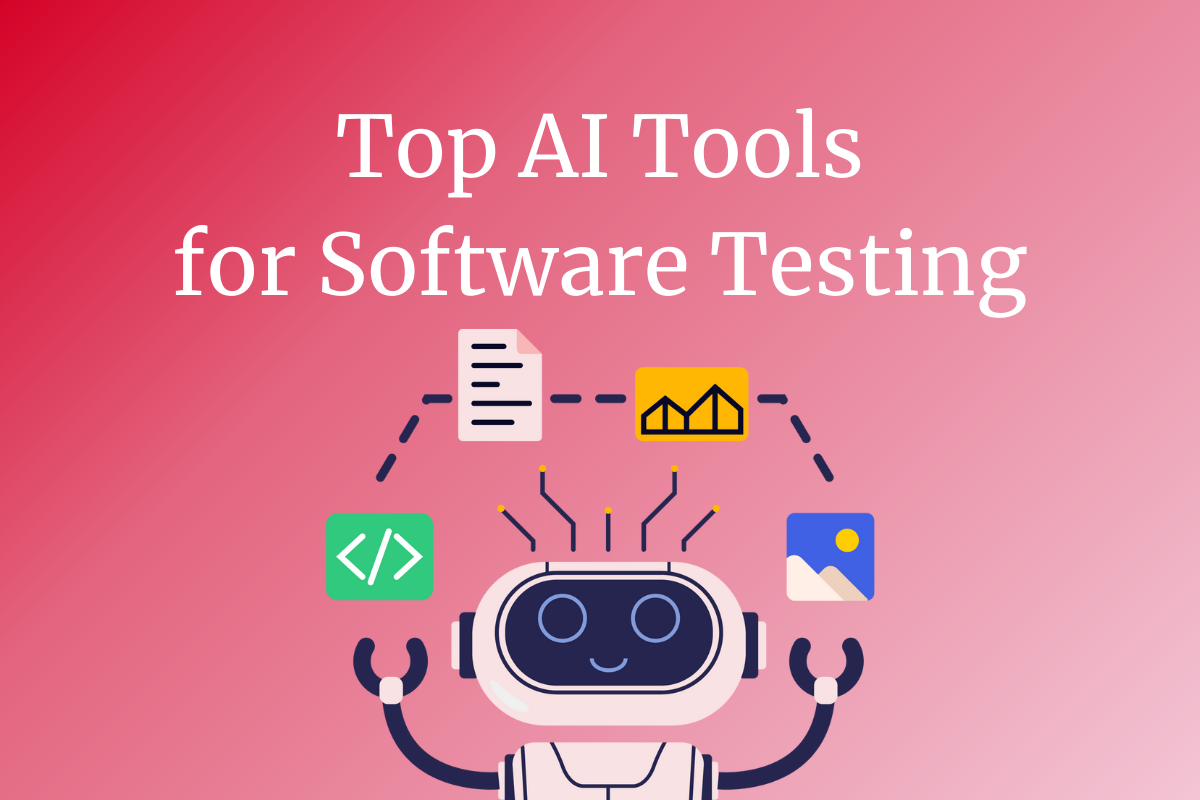Traditional testing approaches, particularly the waterfall model, dominated the software development scene for many years, emphasizing a sequential, phase-by-phase testing process. However, with the advent of agile methodologies, the need for more dynamic and flexible testing approaches became evident.
While traditional methods have long focused on functionality, performance, and security, modern users demand more than bug-free systems. They expect intuitive, aesthetically pleasing, and emotionally satisfying digital experiences. This shift has given rise to a more subtle and informal approach to quality assurance, which some in the industry have begun calling “vibe testing.”
Understanding Vibe Testing in a Software Context
“Vibe testing” is an emerging concept rather than a formal methodology. It emphasizes understanding how software feels to users. Unlike functional testing, which checks if features work as expected, vibe testing assesses the intangible aspects of a user’s experience with an application. This includes the interface’s intuitiveness, the overall experience’s emotional engagement, and whether it fosters trust and satisfaction. It combines user experience (UX) testing, aesthetic evaluation, and behavioral feedback into a cohesive, albeit subjective, layer of software validation.
Traditionally, vibe testing relied heavily on human feedback collected through user research, surveys, or internal walkthroughs. While these methods provide valuable insights, they are often inconsistent, time-consuming, and challenging to scale. A significant difficulty lies in the subjectivity of perception; what one user finds intuitive may be perceived as confusing by another. This is where artificial intelligence (AI) is beginning to change the landscape.
AI integration has reshaped the testing environment as software development practices have evolved. Generative AI, for instance, can automate test case creation by analyzing user stories, requirements, and historical defects. This streamlining reduces repetitive tasks and enhances efficiency while introducing adaptability to testing processes, addressing some of the limitations of traditional methods.
Furthermore, the growing trend of vibe studies in software testing signifies a heightened awareness of the importance of user experience and emotional responses to software products. This evolution reflects a broader shift in technology that prioritizes user engagement and satisfaction. Incorporating AI into vibe testing amplifies this focus, facilitating real-time adjustments based on user interactions and feedback. As a result, the testing landscape is enriched, offering new insights into software quality assurance. As vibe testing gains traction, a related concept, vibe coding, is also emerging, encouraging developers to code with user emotion and perception in mind from the outset.
Enter AI: Changing the Game
Artificial intelligence is reshaping the way we approach software testing. It allows teams to incorporate emotional intelligence into quality assurance in unprecedented ways. AI enables data-driven methods for understanding how users perceive, feel, and interact with digital products.
Vibe testing represents a significant advancement in integrating artificial intelligence (AI) within software testing methodologies. It primarily utilizes AI tools to streamline and enhance the testing process, improving code quality and efficiency.
With AI-powered tools, companies can analyze the effectiveness of user interfaces, track user behavior at scale, and gain predictive insights about how changes to design or flow will impact user experience. These capabilities are particularly valuable in vibe testing, where the focus shifts from binary pass/fail results to nuanced perceptions of usability, comfort, and trust.
Rather than relying on subjective interpretation, AI can now detect user hesitation, rage clicks, or abandonment points through behavioral analytics. It can even assess design aesthetics by evaluating color harmony, layout symmetry, and visual hierarchy. These insights enable development teams to make faster, smarter decisions that enhance not only performance but also the overall emotional impact of their products.
AI-Driven Code Generation
Vibe testing utilizes AI to interpret natural language prompts and generate functional code in response to user requests. This process allows developers to communicate their testing needs more intuitively, enabling the AI to produce relevant code snippets that can be directly utilized or modified. Users can engage in a feedback loop with the AI, refining the output until it meets their expectations, which fosters an efficient development cycle.
Autonomous Analysis and Optimization
A key component of vibe testing is its autonomous analysis capabilities. The system can automatically evaluate and enhance testing parameters by employing methods such as multilayer clustering and hyperparameter optimization through Gaussian processes. This reduces the time and effort required for manual adjustments, enabling a more streamlined analysis process that adapts to various software prototypes. Incorporating unsupervised machine learning techniques helps extract meaningful insights from complex datasets, which is crucial for effective software testing.
Data Fusion and Integration
Vibe testing also involves data fusion, combining various analysis methods to enrich the testing process. This innovative approach integrates different AI tools and frameworks, enabling a more comprehensive evaluation of software performance and user experience. By using AI to analyze user sentiment, cognitive load, and engagement metrics, developers can better understand how their applications function in real-world scenarios, improving usability and functionality.
Generative AI for Test Case Creation
Generative AI plays a vital role in automatically creating test cases. The AI can generate a wide range of test scenarios by analyzing user stories, past defects, and specific requirements, ensuring a thorough and effective testing process. This capability enhances the quality of the testing outcomes and provides broader coverage of potential issues that could arise within the software.
Advantages of Vibe Testing
Vibe testing, particularly when enhanced by artificial intelligence (AI), presents several key advantages that significantly improve the testing process across various applications.
Increased Efficiency
AI-driven vibe testing enables real-time analysis of testing data, allowing for immediate identification of potential failures. This capability accelerates the testing process and optimizes overall workflow by integrating seamlessly into existing systems. Developers can focus more on solution development than getting bogged down by the testing phase.
Enhanced Accuracy
One of the foremost benefits of incorporating AI into vibe testing is enhanced accuracy. AI algorithms can detect subtle patterns and anomalies in testing data that traditional methods or human analysts might miss. This leads to more precise fault diagnosis and the development of predictive maintenance schedules, ultimately increasing the reliability of the tested products.
Cost Reduction
Implementing AI in vibe testing can lead to substantial cost savings. Companies can minimize expenses associated with product failures and recalls by improving accuracy and reducing the likelihood of errors. Efficient pump repair and reinstallation, for example, have been shown to boost overall plant efficiency and productivity, which directly translates to financial savings.
Improved Collaboration and Feedback Integration
AI tools streamline the feedback process between developers and end-users, enabling better collaboration. Automated tests can provide direct insights to engineering teams, reducing reliance on intermediaries like product managers. This direct feedback loop not only helps in refining the product but also enhances the developers’ workflow.
Competitive Advantage
Ultimately, the agility and efficiency gained through AI-powered vibe testing offer a substantial competitive advantage in the market. By reducing time-to-market and lowering barriers to entry for innovative solutions, organizations can respond more swiftly to market demands and maintain their relevance in an increasingly digital landscape.
Challenges and Limitations
Algorithmic Bias
Algorithmic bias poses another challenge in AI development: “garbage in, garbage out.” Bias can emerge from the data collection processes, especially when specific populations are underrepresented in the training datasets. The resulting models may perpetuate or even amplify existing biases, leading to discriminatory outcomes in areas such as job hiring and beyond. Addressing these biases is critical for building trust in AI systems.
Human Oversight
Despite advancements in AI technologies, a critical need for human oversight in the software development process remains. AI tools are not designed to enforce essential software development practices like testing, documentation, or code reviews. Maintaining a healthy codebase ultimately relies on human responsibility, and AI should be viewed primarily as a tool for drafting ideas rather than providing production-ready solutions.
Complex Bug Resolution
AI excels at managing boilerplate code and standard patterns but often struggles with complex or context-specific bugs. Human experience and problem-solving skills are crucial when issues fall outside of typical scenarios. Non-developers may encounter significant roadblocks when AI fails to address nuanced problems.
Security Risks
Implementing AI in coding does not automatically guarantee the security of the resulting software. Code may appear functional but can harbor serious security vulnerabilities such as outdated libraries, inadequate input validation, or improper authentication logic. AI systems may overlook these risks unless specifically programmed to account for them. Therefore, critical areas, especially those that manage user data or security, must always undergo manual review.
Privacy Concerns
As AI becomes more widespread, privacy concerns have intensified. Issues surrounding data collection, cybersecurity, and the governance of AI models raise significant questions about how data is used and stored. Companies incorporating AI-driven algorithmic tools into their products face growing data privacy risks, which must be carefully managed.
Integration Testing Challenges
Implementing automated testing frameworks is essential for streamlining integration testing processes. However, organizations must ensure a robust continuous integration and delivery (CI/CD) pipeline to guarantee that integration testing occurs regularly and effectively. Testing may become ineffective or disruptive without a solid understanding of the architecture and platform.
Redefining the Scope of QA
As AI continues to mature, the definition of software quality is expanding. No longer is QA only about ensuring an app works as specified. It’s about providing the app resonates with users emotionally, builds trust, reduces friction, and delivers delight. Thanks to AI and vibe testing, a vague and informal check on a product’s “feel” is becoming increasingly measurable and systematic,
The rise of AI in software testing represents a shift toward more holistic quality assurance strategies. By combining objective performance metrics with AI-driven insights into emotional and behavioral aspects, teams can deliver functional software and products that users truly enjoy using.
Final Thoughts
Looking ahead, the combination of vibe testing with advanced AI capabilities may lead to new methodologies that prioritize emotional intelligence in software design. By leveraging AI’s ability to interpret emotional cues, developers can create more intuitive and responsive applications that resonate with users on a deeper level. The continuous exploration of innovative tools will empower developers to harness the full potential of vibe testing in enhancing user experiences and driving impactful software development.
ContactContact
Stay in touch with Us




